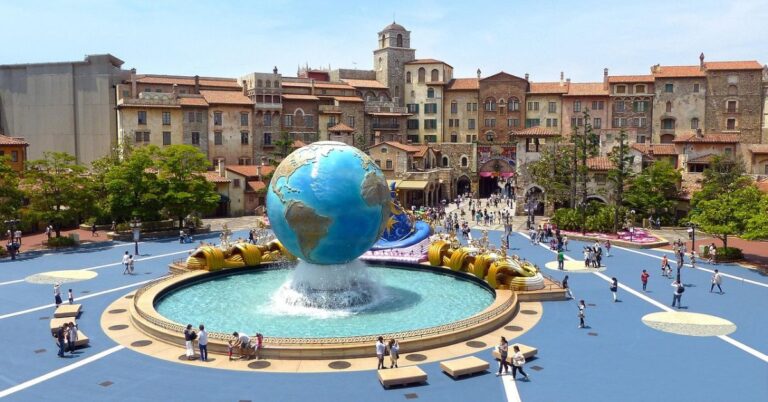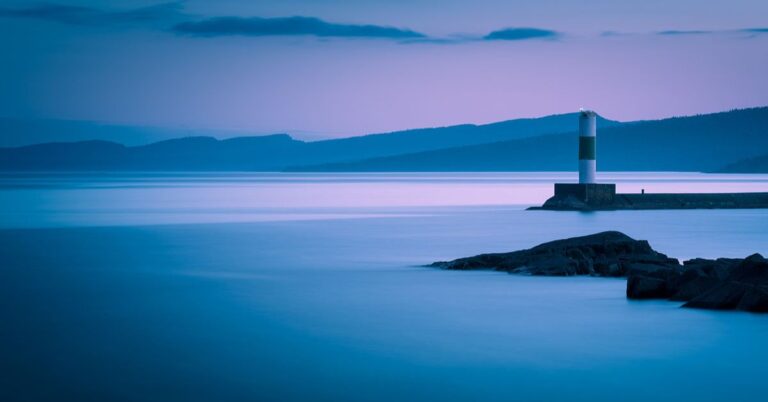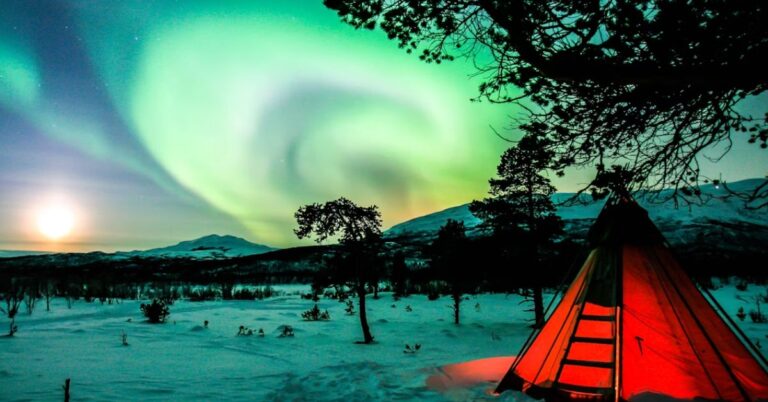15 Travel Hazards That Could Literally Kill You
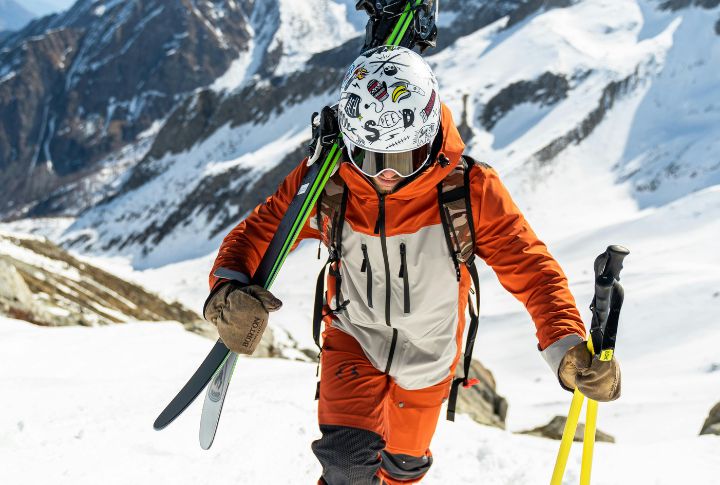
You’ve booked the flight and you’re ready for adventure. But guess what? So is danger—and it doesn’t need a visa. While you’re busy snapping selfies with toucans or ziplining for social media posts, life’s out here tossing hazards like it’s a “Final Destination” reboot. Travel often feels like nature’s own game show, where survival is the grand prize. So, before you dive into sunsets and street food, let’s talk about the 15 travel hazards that could actually end your trip.
Rip Currents Pulling You Out To Sea

One moment, you’re splashing in waist-deep water; the next, you’re sprinting sideways to survive. Rip currents look deceptively calm, forming near sandbars or piers. Their real trick? Luring people in with peaceful shallows before yanking them out like a giant aquatic vacuum.
High Altitude Sickness Shutting Down Organs
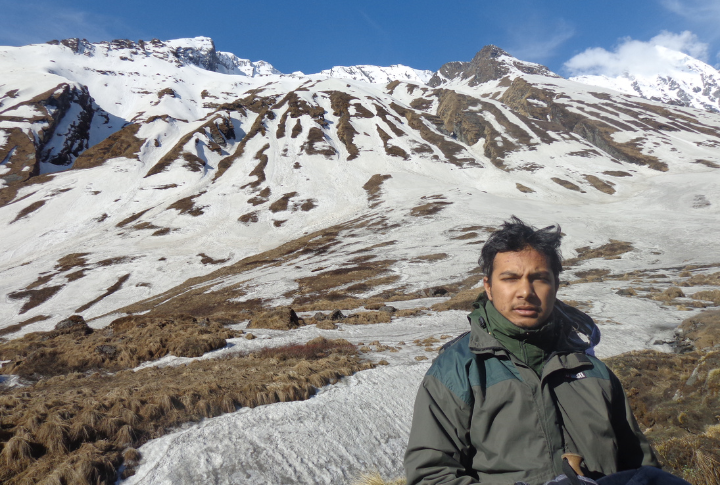
Stepping off that plane in a mountainous village? Your lungs aren’t ready. The sudden drop in oxygen confuses your body, causing throbbing headaches, disorientation, or fluid-filled lungs. It creeps in silently. So, if you’re breathless while resting, don’t climb higher, as your body is waving a red flag.
Avalanches Triggered By Your Own Steps
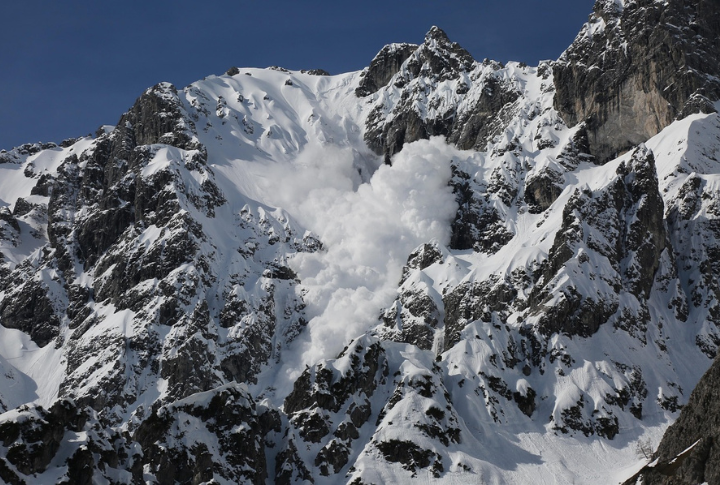
Whispering snow and soft powder can hide a ticking bomb. One misstep or loud shout can trigger an avalanche on steep slopes. Down it comes—fast, heavy, and suffocating. Skiers and trekkers die buried in minutes. Check local warnings and trust your gut.
Flash Floods During Desert Storms
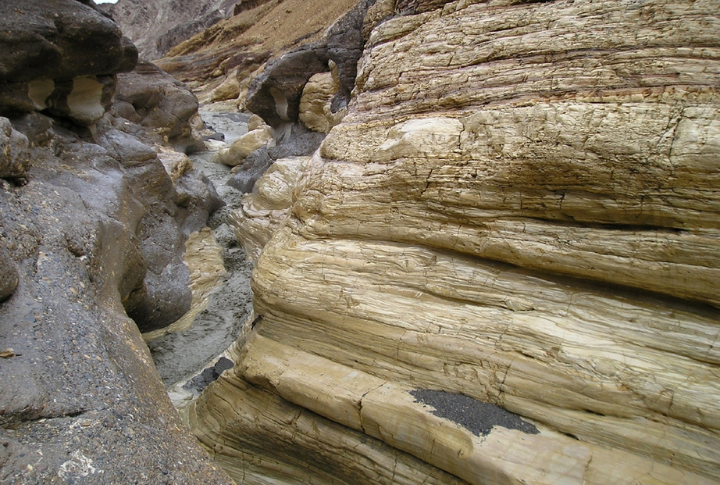
Roaring walls of water don’t need clouds above you to attack. In dry canyons or narrow gorges, a storm 20 miles away can throw a flood in minutes. Some floods carry boulders; others pick up whole cars. It’s not rain that kills—it’s a surprise. Look up and listen.
Wildlife Attacks In Remote Parks
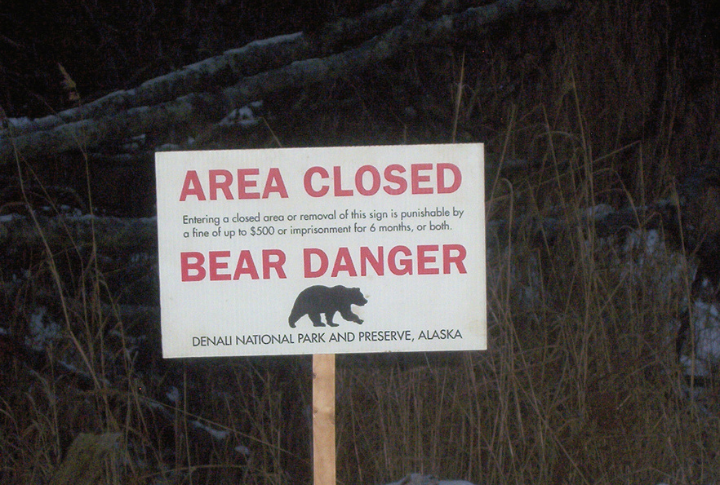
Tales of tent maulings and rogue elephants aren’t just campfire fodder. Wild animals defend their space, food, or young without warning—using horns and sheer bulk to do the rest. Don’t assume docility just because something’s napping. If you’re close enough for a selfie, you’re too close for safety.
Driving On Dangerous Mountain Roads
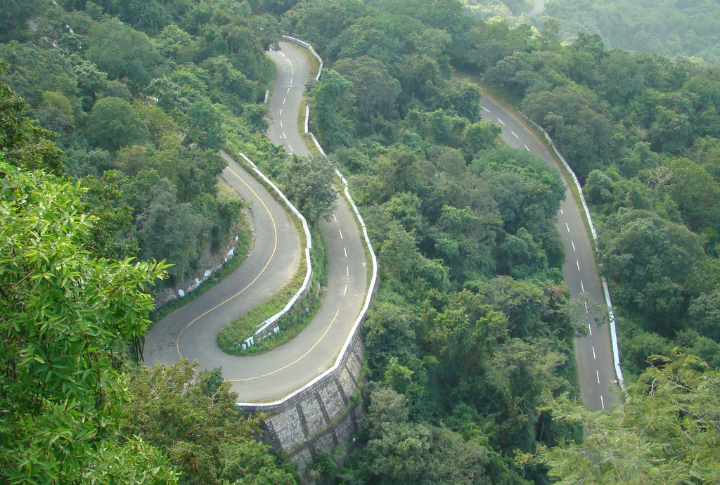
Some roads zigzag through cliffs like spaghetti noodles, daring you to blink. Add fog, local drivers in a hurry, and no barriers—it’s a downhill chess match with gravity. A missed gearshift and it’s all over. Honk before blind curves; it’s tradition for a reason.
Hypothermia While Trekking In Cold Regions

Below 95 degrees Fahrenheit, your body enters hypothermia, clouding judgment and slowing reflexes. Mountaineers in the Alps or Rockies face this even in spring. Wet clothes and wind speed accelerate the drop. Dry yourself fast, layer smartly, and never underestimate mild chills.
Local Diseases In Underdeveloped Areas
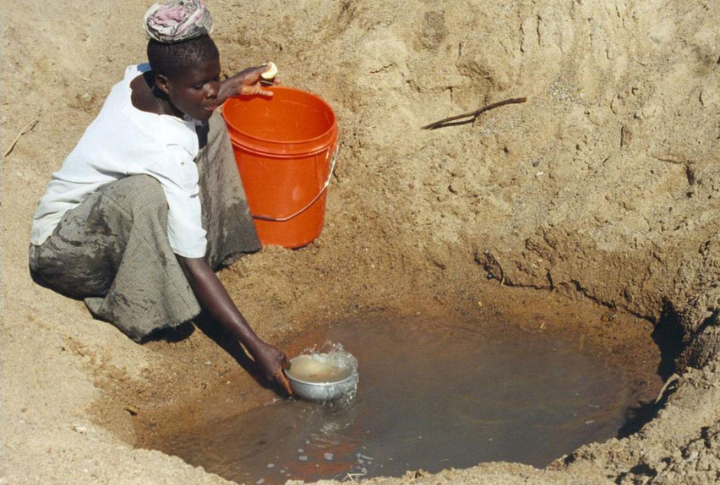
Even paradise has parasites. In many rural zones, water hides invisible threats—worms that tunnel, viruses that linger, bugs you’ve never named. Local kids may look fine drinking from that bucket, but your stomach has no clue how to handle it. One sip out of place changes everything.
Political Violence And Civil Unrest
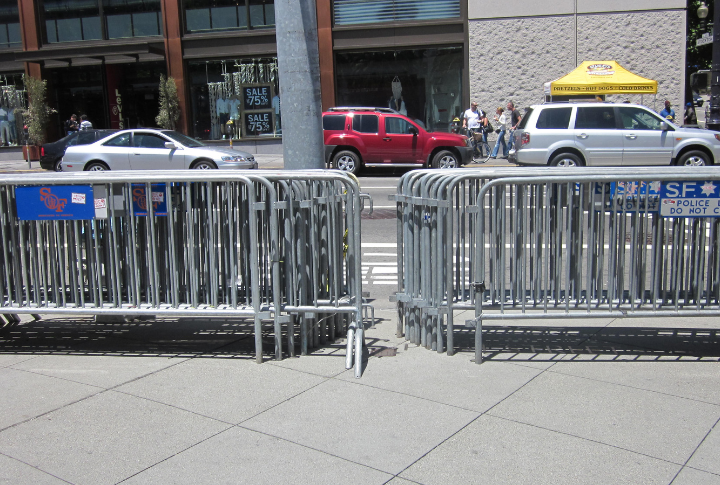
One moment you’re admiring murals. Next, you’re dodging smoke grenades and barricades. Protests erupt quickly—especially in places with tension simmering under the surface. You’re not the target, but being foreign doesn’t make you invisible.
Poisonous Plants Or Fungi On Nature Trips
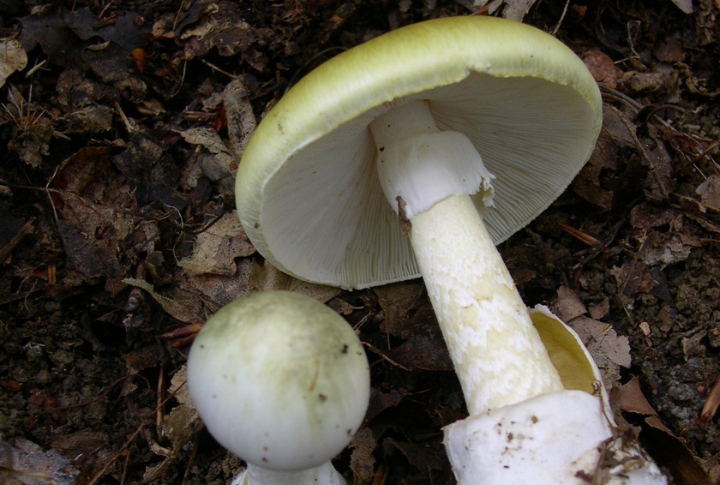
That innocent-looking mushroom? Yes, it’s nature’s Trojan horse. Some wild edibles mimic their safe cousins with Oscar-worthy accuracy. Lick the wrong one, and your liver will start writing its will. Don’t forage on faith unless you’re cool with becoming a cautionary tale.
Carbon Monoxide Leaks In Cabins Or Lodges
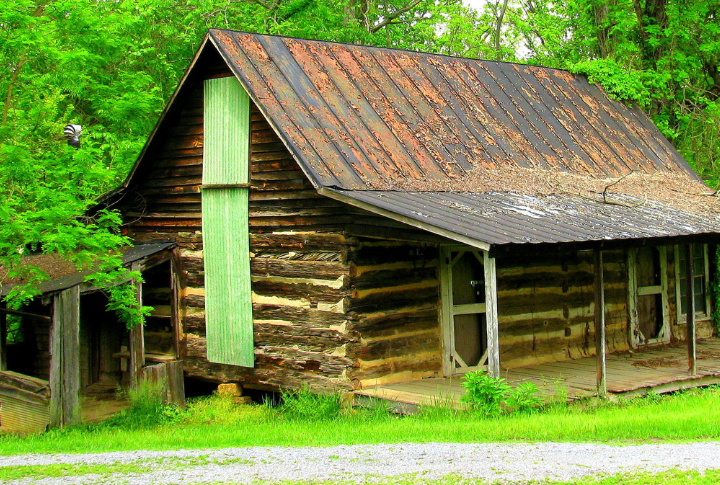
That rustic cabin’s crackling heater might whisper sweet nothings, but it’s actually plotting. Carbon monoxide kills quietly—no color, no smell, no warning. You just feel sleepy and never wake up. Especially in cold climates with sealed-up rooms, it’s smart to ask about detectors.
Volcanic Eruptions Near Active Zones
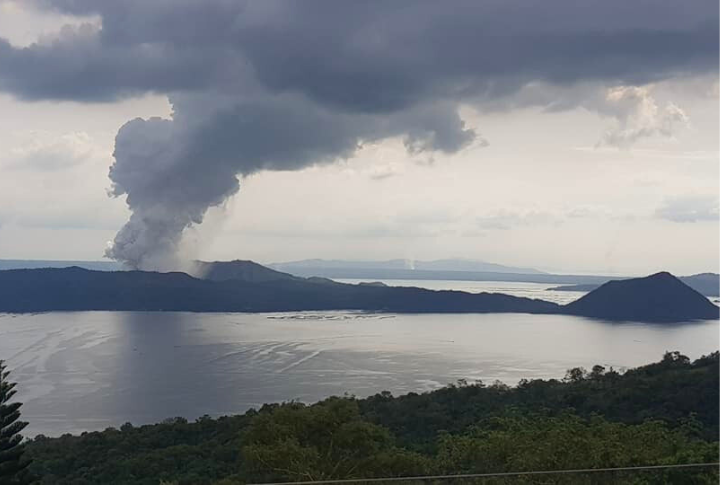
Smoke curling from a crater is a warning. Active volcanoes like Mount Etna or Taal can explode with little notice, spitting rocks, ash, and rivers of lava. If you’re hiking a volcano labeled “restless,” don’t ignore signs, fences, or locals who suddenly stop smiling.
Falling From Unsecured Viewpoints
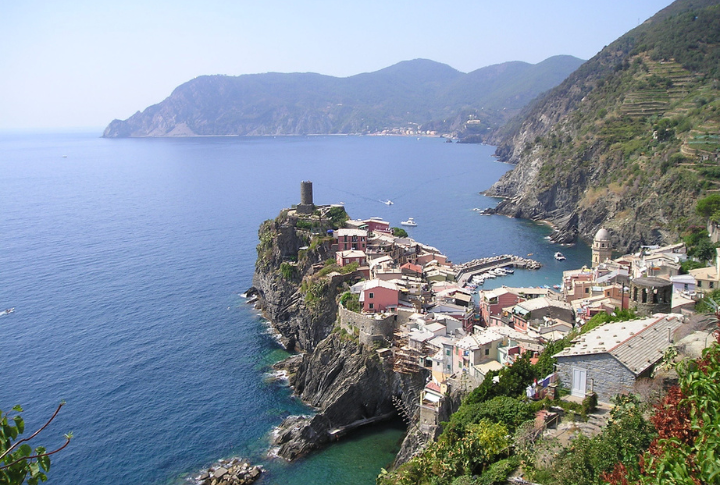
Cliffside photos tempt fate. Iceland, Yosemite, Cinque Terre—countless scenic spots lure people too close to the edges. One wrong lean, and your post becomes a memorial. Trust your gut, not your camera angle. This is because gorgeous doesn’t mean guardrail-free.
Food Poisoning From Contaminated Street Meals
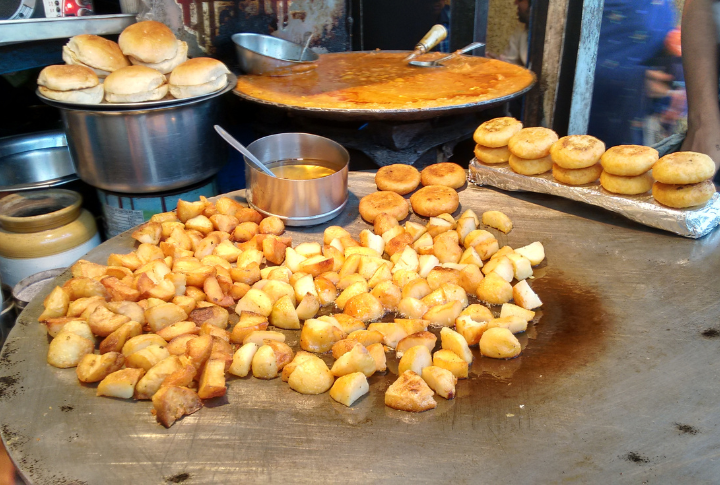
Street food smells tempting, but hygiene varies wildly. In Delhi or Bangkok, foodborne bacteria like E. coli and Salmonella can trigger septic shock. Raw meats or reheated rice are high-risk items. Follow the locals and skip anything lukewarm.
Getting Lost In Harsh Terrain

One wrong turn in Iceland’s lava fields or the Sahara’s endless dunes can end fatally. In 2020, multiple tourists perished in Joshua Tree after losing the trail. Phone signals vanish. Sunsets deceive. So, always carry a GPS and tell someone your exact plan.



